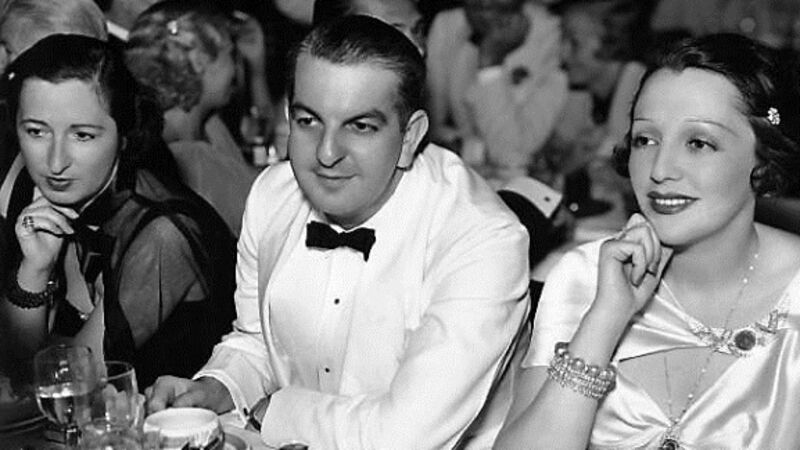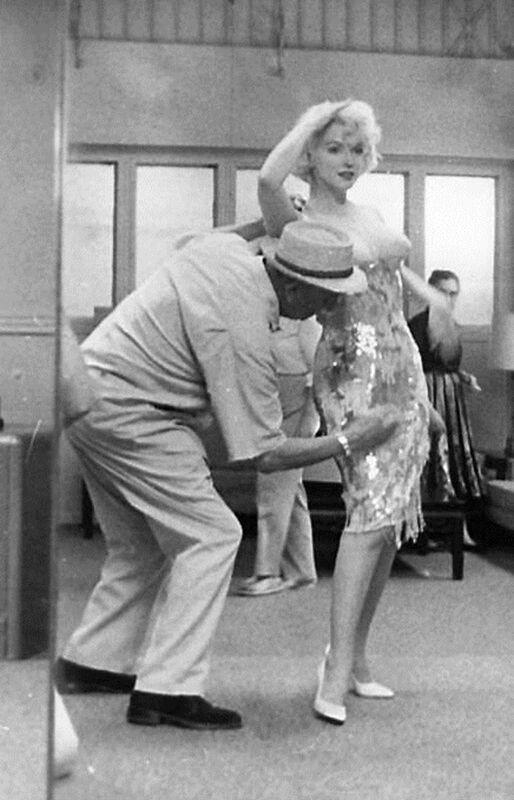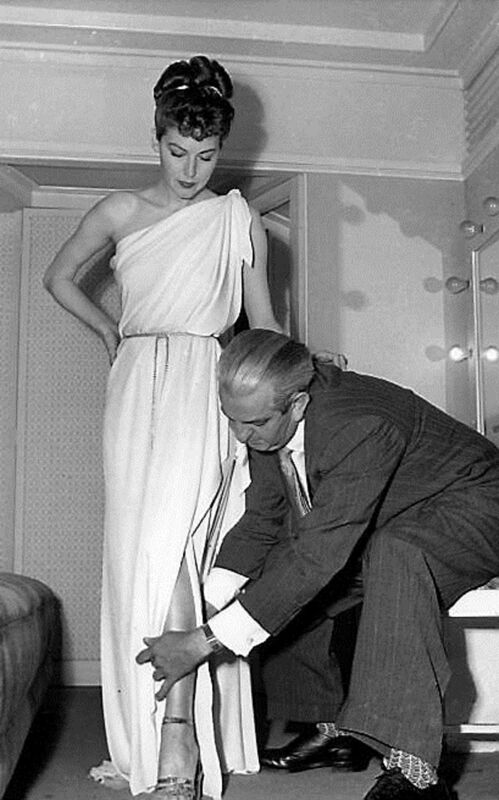An untold Hollywood story - Costume designer Orry George Kelly had a central role in Hollywood’s golden age

Orry George Kelly was born in small-town coastal Australia in 1897. Unless you’re a movie historian, the name may not mean much - unlike Ingmar Bergman’s trench coat in Casablanca, Marilyn Monroe’s famous nudey bead dress in Some Like It Hot, or pretty much any film costume worn by Bette Davis. Orry-Kelly — as he renamed himself professionally, inserting a hyphen and dropping the George — was the designer of these iconic costumes. He was considered a visionary — his emphasis being on silhouette, colour, and form — and female movie stars clamoured for his designs. When he was fired at one point in his career, Bette Davis insisted he be reinstated.
For decades, he was Australia’s most prolific Oscar winner, gaining three Academy Awards for costume design, being surpassed only in 2014 by Catherine Martin, who designed for Moulin Rouge and Gatsby. So why does Orry-Kelly remain, over half a century after his death, one of Hollywood’s untold stories? Why did he fall into obscurity, despite his central role in Hollywood’s golden age, and why, after all these years, are we hearing about him now?
His renaissance is a result of a tenacious filmmaker and a pillowcase. Nine years ago, Australian director Gillian Armstrong, shocked that she had never heard of her once-famous fellow citizen, set about making a biopic about him, released last year, using very little source material. All she had was a box of sketches, photos, and clippings, three tarnished Oscar statues (all stashed away in a vault at Warner Brothers studio), and a pile of letters to his close friend, gossip columnist Hedda Hopper.

By the time Armstrong was making her film, there was almost nobody alive who remembered him; nor was there much archived material about his life. Orry-Kelly was rumoured to have written a memoir, but it had never been published — apparently it was too hot for conservative Hollywood. So, when the designer died in 1964, his story died with him.
Until a grand niece living in Australia came forward with the missing manuscript — it had been stored in a pillow case at the back of a cupboard for many decades; this manuscript has now been transformed into a hefty, gossipy, richly-illustrated book, Women I’ve Undressed, which offers a close, personalised study not just of the designer’s success in Hollywood, but his remarkable journey from Kiama, New South Wales (population 2,302 in 1890), all the way to the Oscars. It is quite a tale, a breathless stream of consciousness that namedrops legends in every sentence without even realising it.
Orry-Kelly was the son of a twice bankrupt tailor from the Isle of Man and a socially-ambitious woman from Sydney. As a child, he created mini theatres out of cardboard, using scraps of velvet and tiny candles. His father smashed up his son’s sewing machine and sent him off to Sydney aged 17 to become a banker, but Orry-Kelly was far more interested in the underground nightlife of the capital; he was already developing what would be a lifelong dysfunctional relationship with alcohol. In 1922, he escaped family expectations by taking a boat to New York, where he hoped to become an actor.
Initially, he used his creative talent to paint murals and backdrops for nightclubs and speakeasies, which led him to designing sets and costumes for theatre and, eventually, film. His New York room-mate was an impoverished, unknown young English actor called Archie Leach, with whom Orry-Kelly would have a long on/off relationship. When Florence Kelly sent her son money from Australia to buy paint and canvas, “Archie and I would load up with liquor and throw a party”. Leach went on to become screen legend Cary Grant, failing his first screen test for being too handsome. Unlike Orry-Kelly, he always hid his homosexuality — Hollywood was virulently homophobic — with a series of unsuccessful marriages to women.

In 1931, Orry-Kelly left New York for Hollywood, where his career took off and, during its 30-year duration, he worked with some of the biggest names: Katherine Hepburn, Barbara Stanwyck, Dolores del Rio, Ava Gardner, Natalie Wood, Jane Fonda, and Shirley MacLaine, as well as Marilyn Monroe, Ingmar Bergman, Humphrey Bogart, Errol Flynn, Ginger Rogers, and Bette Davis.
Orry-Kelly refused to be anything other than authentic and true to himself, which worked both for and against him. He never made a fake marriage to present as straight, yet remained acerbically straight-talking; he once told Monroe, on the set of Some Like It Hot, that Tony Curtis had a better ass, while describing her in his memoir as “a complete exhibitionist” on whom he was not overly keen. “I would rather go to Coney Island and open a hotdog stand than dress that woman again,” he told his friend Ann Warner, wife of studio boss Jack. He was, however, highly discreet about his sexuality, engaging in the macho hobbies of boxing and drinking when not making screen goddesses ever more immortal with his visionary designs.
Thanks to his theatre background, his costumes were perfectly balanced with the characters who wore them, historically accurate, authentic, glamorous, but never overpowering. They did not draw the eye away from the actor, but enhanced the overall aesthetic. He knew how to make women look fabulous. The movies in which his designs featured included An American In Paris, The Maltese Falcon, 42nd Street, Now, Voyager, and Oklahoma — he contributed to 295 films in total, and was head of the costume department at Warner Brothers from 1932 to 1944.
Yet, despite his enormous success, he was modest about his personal achievements; he did not refer to his Oscars in his memoir, not even in passing. According to Gillian Armstrong, he was “slightly chunky, a lover of boxing and booze” and “didn’t look anything like the cliched costume designer”. Instead, “he was an outspoken rebel with a biting wit and he divided people, but he lived a life of artistic and personal integrity”. From the bathtub gin of Prohibition to a few years before his death, Orry-Kelly had a long, intense relationship with hedonism. “Booze and dope,” he wrote. “You can’t win with either.” Despite quitting drinking four years before the end of his memoir — “Now I wake up bright and early with a clear fresh mind and with fresh ideas. I have more offers for films than I can accept” — the damage was done. As old school Fifties glamour gave way to the more casual 1960s and new stars like Jane Fonda and Natalie Wood, the designer became ill with liver cancer.
When he died in 1964, those carrying his coffin included Cary Grant, Tony Curtis, and Billy Wilder. Then, decades of silence — until now. The boy from the bush, as he refered to himself, is having a moment and receiving posthumous recognition among the Hollywood greats.







